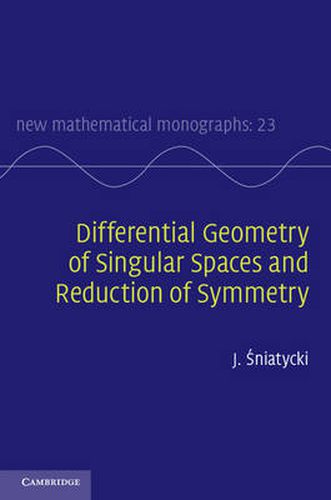Readings Newsletter
Become a Readings Member to make your shopping experience even easier.
Sign in or sign up for free!
You’re not far away from qualifying for FREE standard shipping within Australia
You’ve qualified for FREE standard shipping within Australia
The cart is loading…






In this book the author illustrates the power of the theory of subcartesian differential spaces for investigating spaces with singularities. Part I gives a detailed and comprehensive presentation of the theory of differential spaces, including integration of distributions on subcartesian spaces and the structure of stratified spaces. Part II presents an effective approach to the reduction of symmetries. Concrete applications covered in the text include reduction of symmetries of Hamiltonian systems, non-holonomically constrained systems, Dirac structures, and the commutation of quantization with reduction for a proper action of the symmetry group. With each application the author provides an introduction to the field in which relevant problems occur. This book will appeal to researchers and graduate students in mathematics and engineering.
$9.00 standard shipping within Australia
FREE standard shipping within Australia for orders over $100.00
Express & International shipping calculated at checkout
In this book the author illustrates the power of the theory of subcartesian differential spaces for investigating spaces with singularities. Part I gives a detailed and comprehensive presentation of the theory of differential spaces, including integration of distributions on subcartesian spaces and the structure of stratified spaces. Part II presents an effective approach to the reduction of symmetries. Concrete applications covered in the text include reduction of symmetries of Hamiltonian systems, non-holonomically constrained systems, Dirac structures, and the commutation of quantization with reduction for a proper action of the symmetry group. With each application the author provides an introduction to the field in which relevant problems occur. This book will appeal to researchers and graduate students in mathematics and engineering.